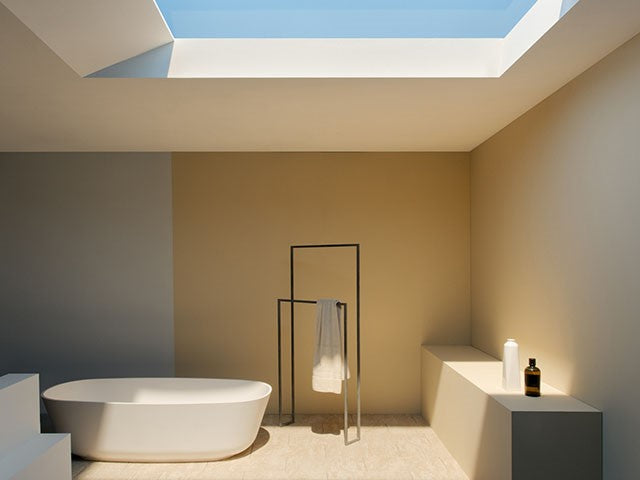Benefits of White LED Light Bulbs
Light-emitting diode (LED) technology has seen massive changes, allowing consumers to have unprecedented light quality and efficiency. “Natural indoor lighting” may seem like a contradictory term, but it has become an affordable reality in recent years — and it’s hard to ignore the monetary and aesthetic benefits of LED bulbs.
For aesthetic and health reasons, white light is a great choice for indoor lighting. However, many consumers don’t know about the benefits of using white LED lighting, as well as the long road technological innovators faced when it came to bringing natural-feeling white light indoors.
Let’s dig deeper into the importance of white light, take a brief look at the history of its development, and explore how consumers can bring it into their homes today for an affordable price.

Why Does White LED Lighting Matter?
If you haven’t kept abreast of recent developments in lighting, learning about the many benefits of white LED bulbs can certainly be illuminating. To get an understanding of how LED lights compare to other types of indoor bulbs, let’s compare the three most common types in use today: incandescent, compact fluorescent, and LED.

Benefits of LED Lighting
There are many other benefits of LED bulbs. Consider how lighting affects your psyche. We’re all familiar with the eye-straining, headache-inducing effects poor lighting can give us. Sometimes called the “fluorescent headache,” it can harm your well-being and even affect your productivity. On the other hand, consider how natural light from the outdoors affects you: It makes you feel alert, reduces stress, and keeps you happier.
Short of opening your windows, no other indoor lighting solution simulates natural lighting as effectively as white LEDs. Created by blue LEDs, indoor white light bulbs have only been available to consumers since the early 2000s, and it is becoming more affordable with each passing year.
White light emulates natural lighting from the outdoors and has many positive benefits, from enhancing your focus to simply being more aesthetically pleasing. In some instances, it can even benefit your work. If you enjoy taking photography or drawing, for example, natural LED lighting will give you ideal working conditions.
The history behind the creation of indoor natural light is long and complex. Understanding why it is such a big deal in the grand scheme of things might even tempt you into making the change.

Here is a very brief timeline, using historical information from the Edison Tech Center:
- 1927: Oleg Losev studies silicon carbide contact junctions in radio sets, noting that they produce lights when a current passes through them. He publishes a detailed report on his findings this year.
- 1961: James Biard and Gary Pittman develop the first modern LED at Texas Instruments. They “discovered” the technology by accident during unrelated testing.
- 1962: Nick Holonyack Jr. at General Electric develops the first red LED — the first one of visible light.
- 1972: Herbert Maruska and Jacques Pankove develop the violet LED — a precursor to bright blue LED. The same year, M. George Craford at Monsanto creates the first yellow LED and a brighter red LED.
- 1979: Shuji Nakamura develops the first bright blue LED. However, the high cost of production makes it non viable for commercial use.
- 1993: One of the biggest innovation in lighting is, without a doubt, the development of blue LEDs in 1993 by professors Hiroshi Amano, Isamu Akasaki, and Shuji Nakamura. This is the technology used in modern LED lighting and produces what is now called “white” or “natural” light indoors.
It’s hard to overstate the impact of this final development. In fact, the three professors responsible for the development of blue LEDs received the Nobel Prize for physics in 2014, an award only afforded to inventions that provide “the greatest benefit to mankind.” This technology is not just used to light homes around the world more efficiently and brightly than any of its predecessors — in fact, it even powers the screens of smartphones.
So, how can you bring this revolutionary development into your home today and reap the benefits?
-----------------------
Read Also:
How To Light Your Backyard For Parties
How To Decorate Your Room For Halloween With Lights
Inexpensive Home Decorating Ideas
Guide To Know Different Light Bulb Types And Their Best Uses
Reference: lightbulbs


POST COMMENTS
Thanks for the insightful post! At SwitchOnEnergy, we champion white LED bulbs too — they really brighten spaces, cut energy costs, and improve well‐being. Switching to white LED lighting is an easy upgrade that boosts productivity, reduces eye strain, and delivers long‐term savings. Great guide!